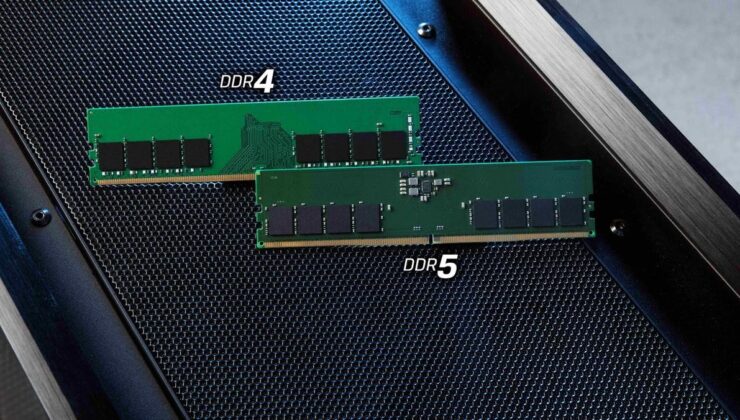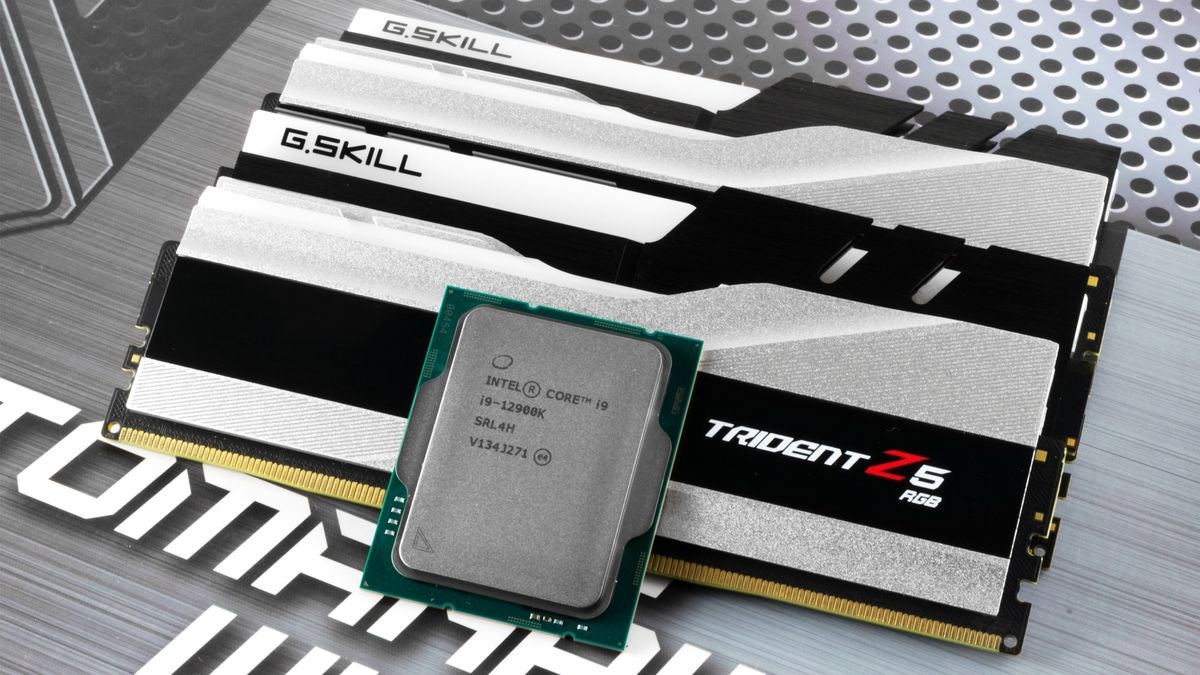

The memory industry is experiencing a significant transformation, driven by the escalating demand for HBM (High Bandwidth Memory) and DDR5, especially in sectors like artificial intelligence. This shift is causing manufacturers to gradually phase out older memory technologies. As DDR5 technology becomes more prevalent, DDR4 memory, although still holding a notable market presence, is seeing a surge in prices due to constrained supply.

Recent reports indicate that DDR4 memory prices have surged by nearly 50% in May alone, with 8GB modules rising by 56% and 16GB modules by 45%. This price hike is largely attributed to major manufacturers scaling back DDR4 production. Industry leaders such as Samsung, Micron, and SK Hynix are redirecting their investments towards HBM and DDR5 innovations. Consequently, the availability of DDR4 is dwindling, and manufacturers from China and Taiwan are unable to bridge the gap. Additionally, restrictions on Chinese manufacturers compound these supply challenges, making market stabilization in the near term difficult.
According to DigiTimes, the ongoing developments might lead to further price increases of 10 to 20 percent in the upcoming quarters. Presently, the price difference between DDR4 and DDR5 is approximately 7%. However, the production cost efficiency of DDR4 is diminishing due to limited supply, signaling that the industry no longer views DDR4 as a viable long-term product. While DDR4 will persist in niche applications like industrial systems and embedded platforms, it is rapidly losing ground in the mainstream market. The technology’s future presence may become largely symbolic, akin to that of legacy media formats such as floppy disks or compact cassettes.
OTOMOBİL
17 saat önceSİGORTA
18 saat önceSİGORTA
19 saat önceSİGORTA
2 gün önceSİGORTA
2 gün önceBİLGİ
3 gün önceBİLGİ
3 gün önceSİGORTA
3 gün önceSİGORTA
4 gün önceSİGORTA
4 gün önce 1
DJI Mini 5: A Leap Forward in Drone Technology
20616 kez okundu
1
DJI Mini 5: A Leap Forward in Drone Technology
20616 kez okundu
 2
xAI’s Grok Chatbot Introduces Memory Feature to Rival ChatGPT and Google Gemini
14583 kez okundu
2
xAI’s Grok Chatbot Introduces Memory Feature to Rival ChatGPT and Google Gemini
14583 kez okundu
 3
7 Essential Foods for Optimal Brain Health
13285 kez okundu
3
7 Essential Foods for Optimal Brain Health
13285 kez okundu
 4
Elon Musk’s Father: “Admiring Putin is Only Natural”
13120 kez okundu
4
Elon Musk’s Father: “Admiring Putin is Only Natural”
13120 kez okundu
 5
Minnesota’s Proposed Lifeline Auto Insurance Program
11023 kez okundu
5
Minnesota’s Proposed Lifeline Auto Insurance Program
11023 kez okundu
Sigorta Güncel Sigorta Şikayet Güvence Haber Hasar Onarım Insurance News Ajans Sigorta Sigorta Kampanya Sigorta Ajansı Sigorta Sondakika Insurance News